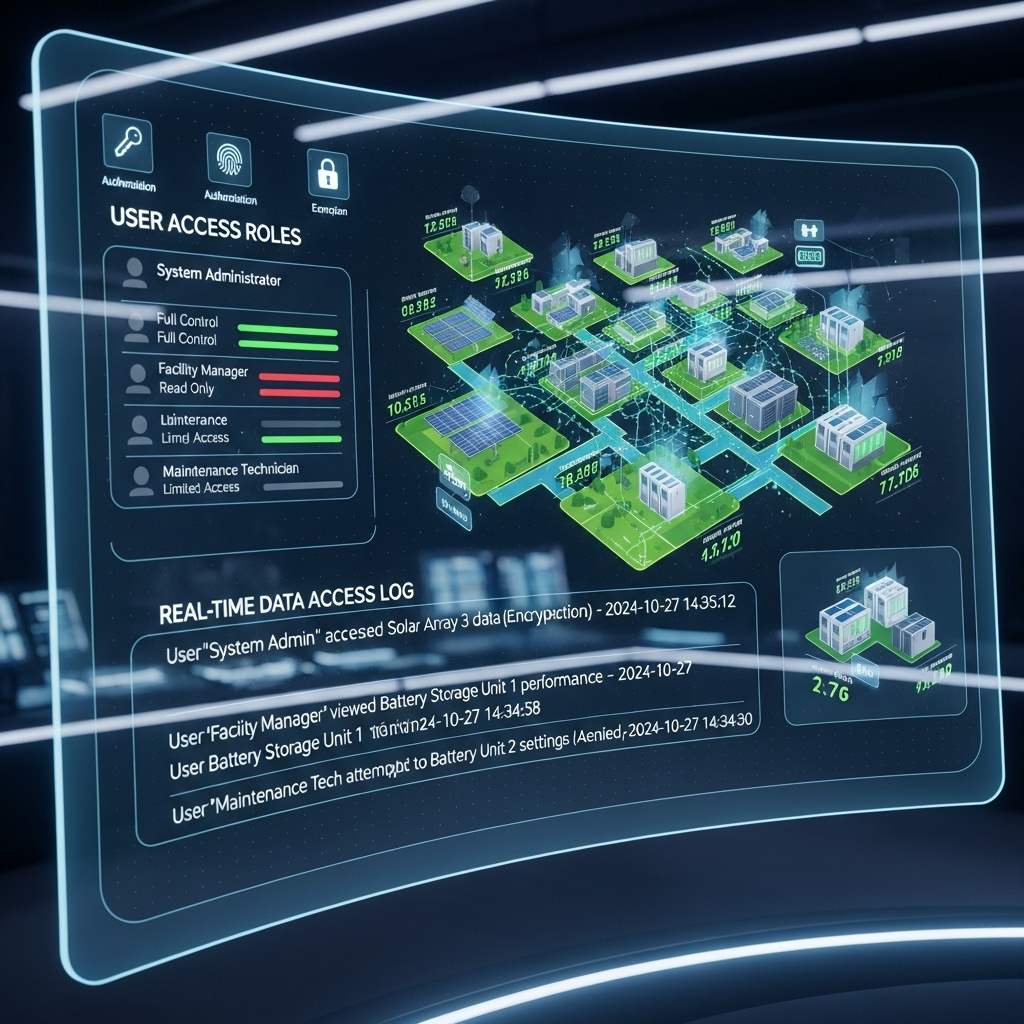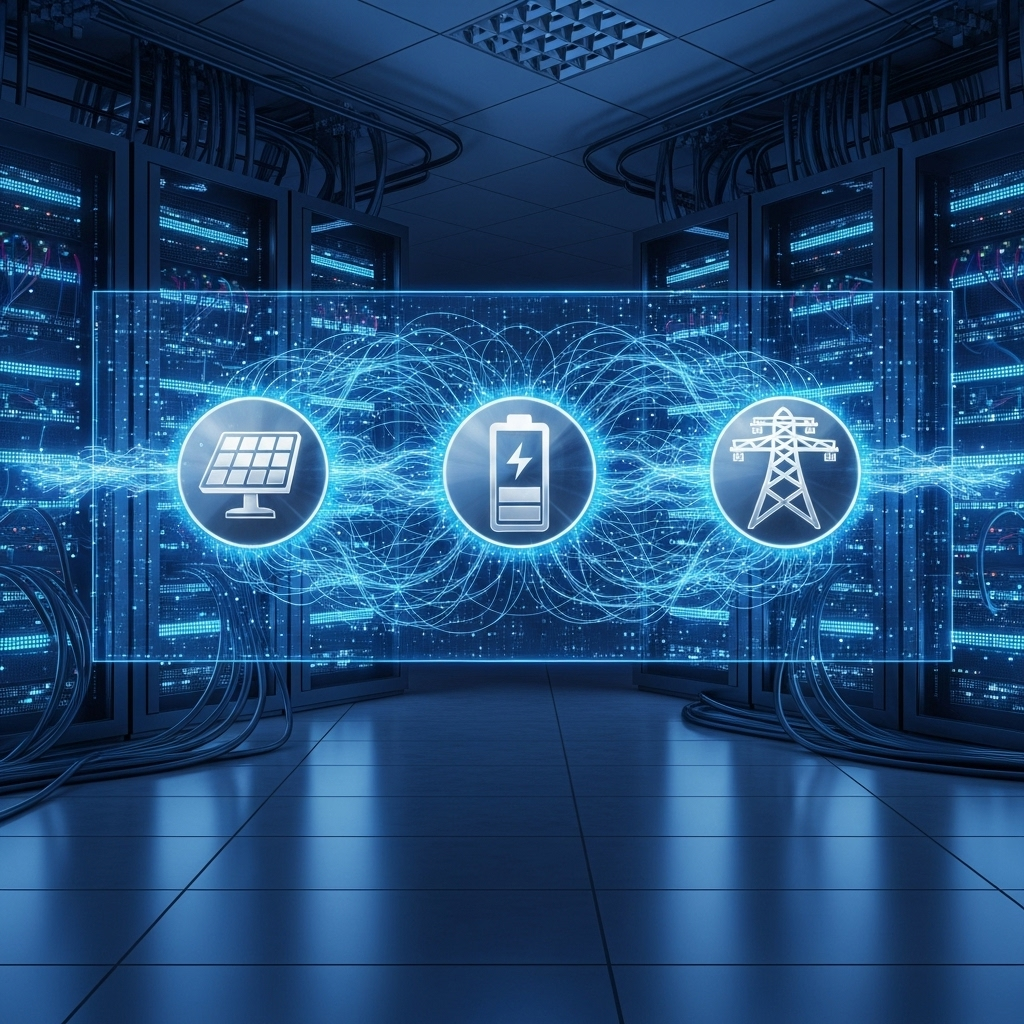How to Pass Utility Interconnection Cyber Reviews for Storage
In my work supporting energy storage projects through interconnection, I’ve learned that the technical design is only half the challenge—the other half is cybersecurity. Utilities are increasingly scrutinizing Distributed Energy Resources (DERs) for digital risks. I’ve seen projects delayed for months simply because documentation was incomplete or controls were unclear. Here I’ll share the practical steps I use to prepare systems for utility cyber reviews and avoid costly setbacks.
Understanding Utility Cyber Review Expectations
As DER adoption grows, utilities face a new risk landscape. Every connection point can be a target for attack. Reviews ensure that your storage system contributes to grid resilience instead of exposing vulnerabilities. The process checks your system against recognized standards and validates that safeguards are in place.
The Shift Towards Cyber-Resilient DERs
The grid is no longer centralized. With thousands of storage units coming online, utilities must verify that no single device undermines grid security. National labs and regulators are publishing guidance on secure architectures. I’ve noticed utilities increasingly ask for detailed diagrams showing not just physical design but data flows and access pathways.
Standards That Commonly Apply
Most reviews reference existing standards. IEEE 1547-2018 and IEC 62786 define interconnection and interoperability requirements, including cybersecurity provisions. The IRENA Grid Codes report highlights their importance in DER policy. The NIST Cybersecurity Framework (CSF) also provides a practical structure across Identify, Protect, Detect, Respond, and Recover. I’ve found that referencing these directly in documentation reassures utilities that our controls are aligned with accepted norms.
Secure Communications and Data Sharing
Strong, encrypted communication is a core expectation. Utilities often require IEC 61850 or DNP3-SAv5 protocols. In one interconnection review I supported, we had to prove that all external connections used TLS encryption and that our certificates were properly managed. Resources such as the IEA China Power System Transformation report emphasize how coordinated, secure data exchange supports overall reliability.
Key Cybersecurity Controls Utilities Look For
Authentication and Access Control
In reviews, the first question is often: “How do you restrict access?” Utilities expect multi-factor authentication for operators and least-privilege policies. For device-to-device links, unique keys and certificates should be used. I once saw a review delayed because shared passwords were discovered—an avoidable mistake.
Data Encryption and Integrity
All system-to-utility communications should be encrypted, usually via TLS. Utilities may also ask about certificate revocation lists to ensure compromised credentials are blocked. I’ve had to demonstrate that our system rejects expired certificates during site acceptance tests.
System Integrity and Firmware Security
Digitally signed firmware is no longer optional. Utilities want proof that updates are verified and that rollback options exist. During one audit, a reviewer asked us to show logs of a past firmware rollback—thankfully, we had them archived and passed without delay.
Documentation: Your Review Lifeline
I’ve found that even the strongest controls won’t pass unless they’re clearly documented. Utilities want evidence, not promises.
Security Portfolio Preparation
Expect to provide:
- Network and data flow diagrams
- Lists of open ports and services
- Cybersecurity policies and access control rules
- Incident response plan outlining detection and recovery steps
In one project, a detailed incident response plan turned a potentially contentious review into a smooth approval because it showed we were ready for worst-case events.
Monitoring and Logging Practices
Logs are essential. Utilities may ask you to show real login or configuration change logs. I’ve seen teams fail reviews because their logs could be altered or weren’t retained long enough. Ensure logs are tamper-resistant and backed up.
Physical Security Controls
Cybersecurity also means restricting physical access. Lock cabinets, monitor sensitive areas with cameras, and track personnel access. A reviewer once asked to see visitor logs for an inverter enclosure—it made the difference in passing.
Bringing It All Together
Utility cyber reviews are rigorous, but they reward preparation. By implementing IEEE 1547-aligned controls, encrypting communications, documenting your architecture, and proving your monitoring capabilities, you reduce both review time and project risk. My takeaway after multiple reviews is simple: proactive documentation is as important as technology. A well-prepared storage system not only passes utility scrutiny but also strengthens trust in DERs as reliable, secure contributors to the modern grid.
References for Further Reading
- NREL: DER cybersecurity and reliability insights
- NIST Cybersecurity Framework
- IEA: China Power System Transformation
Disclaimer: This article is based on professional field experience and publicly available standards. It is for educational purposes only, not financial advice. Always validate requirements with your utility and local regulations.





Leave a comment
All comments are moderated before being published.
This site is protected by hCaptcha and the hCaptcha Privacy Policy and Terms of Service apply.